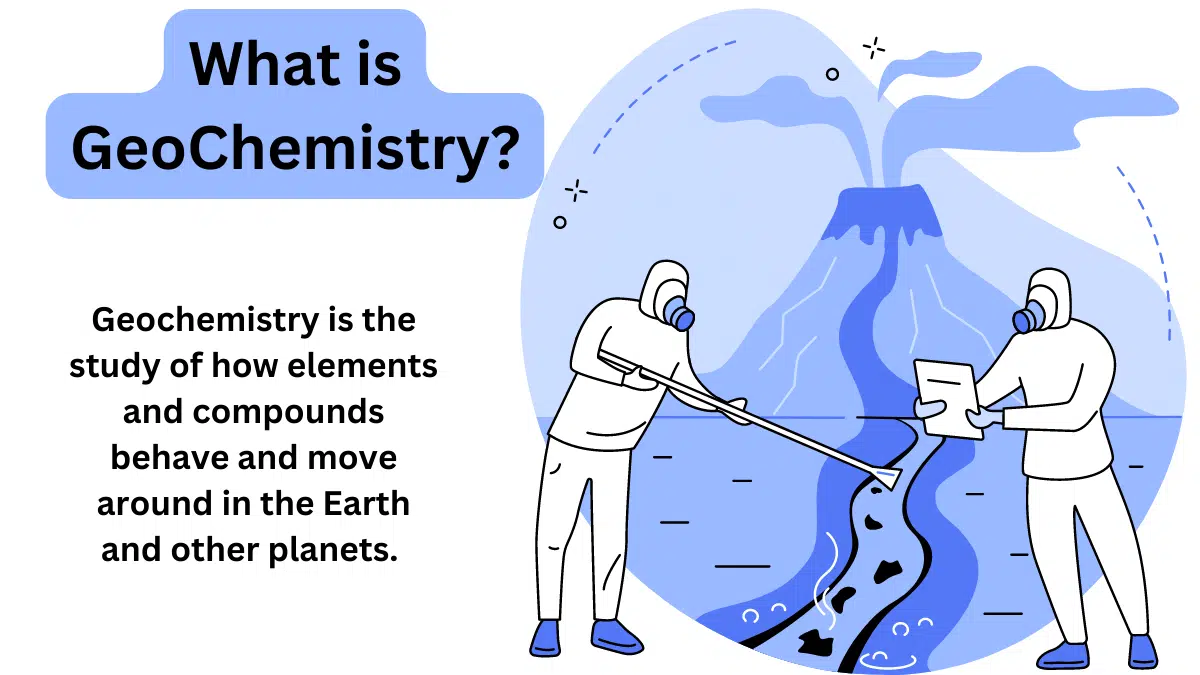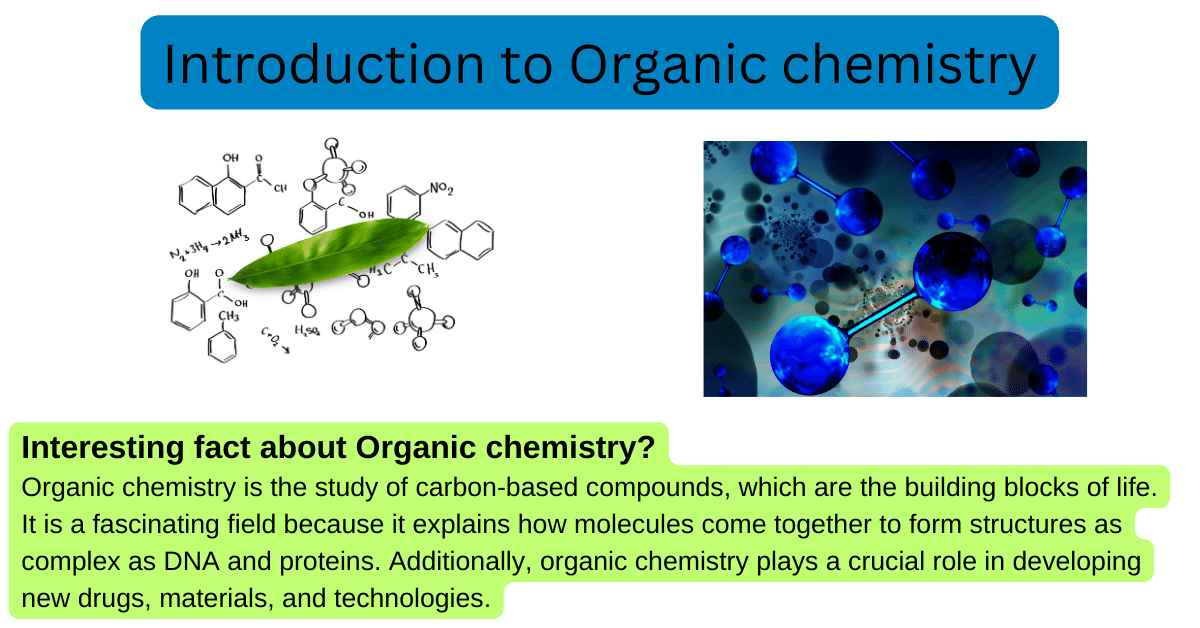Forensic Chemistry: History, Scope, Techniques, Challenges, Applications
Forensic Chemistry Definition
Forensic chemistry is a branch of forensic science that deals with the identification and analysis of evidence related to criminal investigations.
Forensic chemists use various techniques to analyze samples and help investigators determine the identity of substances found at crime scenes. These substances could be drugs, explosives, poisons, fibers, or other materials.
What is Forensic chemistry?
Forensic chemistry is a scientific discipline that utilizes chemical analysis and techniques to investigate and solve crimes. It is a critical tool in the field of forensic science that helps law enforcement officials gather evidence and build cases against suspected criminals.
Forensic chemistry has a fascinating history, a wide scope of applications, and several challenges that forensic chemists face today. In this article, we will explore the history, scope, challenges, and applications of forensic chemistry.
History of Forensic Chemistry
The history of forensic chemistry can be traced back to the early 19th century when the first forensic toxicology tests were performed.
The first recorded case was in 1806 when a French chemist, Matthieu Orfila, used chemical analysis to detect poison in a victim’s stomach. In the years that followed, forensic chemistry grew in importance and became an essential tool in solving crimes.
The 20th century saw significant advancements in forensic chemistry techniques, including chromatography, mass spectrometry, and infrared spectroscopy. These techniques helped forensic chemists identify substances with greater accuracy and precision.
Scope Of Forensic Chemistry
Forensic chemistry has a wide scope of applications, ranging from drug analysis to arson investigation. Forensic chemists play a critical role in helping law enforcement officials solve crimes by analyzing evidence found at crime scenes.
The importance of forensic chemistry cannot be overstated, as it helps to identify suspects, exonerate the innocent, and ensure justice is served.
Forensic Chemistry Techniques
Forensic chemistry techniques are continually evolving, and new techniques are being developed to help forensic chemists analyze evidence more accurately and efficiently. Some of the most commonly used techniques include:
Chromatography
Chromatography is a technique used to separate and analyze complex mixtures. It is a crucial tool in forensic chemistry and is used to identify drugs, explosives, and other substances found at crime scenes.
Spectroscopy
Spectroscopy is a technique used to measure the interaction of electromagnetic radiation with matter. It is commonly used in forensic chemistry to analyze the spectra of substances found at crime scenes.
Mass Spectrometry
Mass spectrometry is a technique used to measure the mass-to-charge ratio of ions. It is commonly used in forensic chemistry to identify drugs, explosives, and other substances found at crime scenes.
Microscopy
Microscopy is a technique used to magnify and examine small objects or substances. It is commonly used in forensic chemistry to identify trace evidence, such as fibers or hairs, found at crime scenes.
Challenges in Forensic Chemistry
While forensic chemistry techniques have come a long way, forensic chemists still face several challenges. Some of the most significant challenges include:
Sample Collection and Preservation
The collection and preservation of samples are critical in forensic chemistry. If samples are not collected correctly or are not preserved properly, they may be contaminated or degraded, leading to inaccurate results.
Contamination of Samples
Contamination of samples can occur at any point during the collection, handling, or analysis process. Even small amounts of contamination can lead to inaccurate results, making it essential for forensic chemists to take great care in handling samples.
Limitations of Techniques
While forensic chemistry techniques have improved significantly over the years, they still have limitations. For example, some substances may be difficult to detect or analyze, or techniques may not be sensitive enough to detect trace amounts of a substance.
Applications of Forensic Chemistry
Forensic chemistry has a wide range of applications, including:
Drug Analysis
Forensic chemists analyze drugs found at crime scenes or in post-mortem samples to determine the identity and quantity of drugs present.
Arson Investigation
Forensic chemists analyze fire debris to determine the presence of accelerants and help investigators determine the cause of a fire.
Toxicology
Forensic chemists analyze post-mortem samples to determine the presence of toxic substances, such as drugs or poisons.
Trace Evidence Analysis
Forensic chemists analyze trace evidence, such as fibers or hairs, to determine their origin and provide evidence in criminal investigations.
Future of Forensic Chemistry
The future of forensic chemistry looks promising, with new techniques and technologies continually being developed. One area of significant research is the use of artificial intelligence and machine learning to analyze and interpret data.
Conclusion
Forensic chemistry is a critical tool in the field of forensic science, helping law enforcement officials gather evidence and build cases against suspected criminals. It has a fascinating history, a wide scope of applications, and several challenges that forensic chemists face today. The future of forensic chemistry looks promising, with new techniques and technologies being developed that will improve the accuracy and efficiency of forensic chemistry analysis.
FAQs
What is forensic chemistry?
Forensic chemistry is a scientific discipline that utilizes chemical analysis and techniques to investigate and solve crimes.
What are some common forensic chemistry techniques?
Common forensic chemistry techniques include chromatography, spectroscopy, mass spectrometry, microscopy, and nuclear magnetic resonance (NMR).
What are some challenges in forensic chemistry?
Challenges in forensic chemistry include sample collection and preservation, contamination of samples, and limitations of techniques.
What are some applications of forensic chemistry?
Applications of forensic chemistry include drug analysis, arson investigation, toxicology, and trace evidence analysis.
What is the future of forensic chemistry?
The future of forensic chemistry looks promising, with new techniques and technologies being developed that will improve the accuracy and efficiency of forensic chemistry analysis.





Leave a Reply